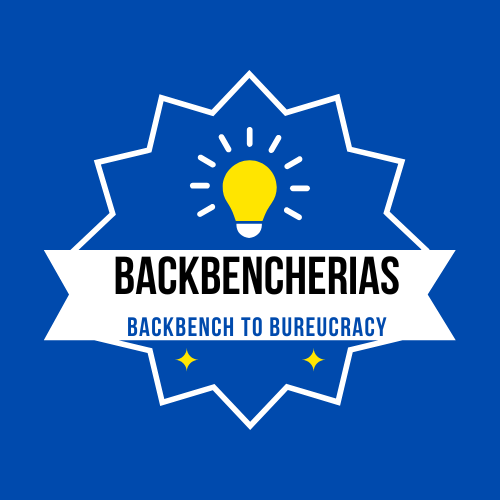- It is believed that the city was originally founded by Raja Jamboo Lochan who lived in fourteenth century B.C. The Raja had gone out one day for hunting when he happened to witness a tiger and a goat drinking water from one and the same pond. This extraordinary phenomenon set him thinking and he decided to build a city at this site so that the strong and weak could live together in peace and mutual tolerance. Eventually, he founded the city which came to be known as “Jamboo” after his own name. With the passage of time and due to its frequent use the pronunciation of the name got slightly distorted and the city, came to be known as ‘Jammu’ as it is called now.
- Jammu is situated on a hillock, on the bank of river Tawi and is bound by Udhampur district in the north and northeast , Kathua district in the east and southeast, Pakistan (Sialkote) in west and Rajauri district and POK (Bhimber) in the northwest.
- It is largest populated District of the UT
- This District serves as the Winter Capital of J & K state from November to April when all the offices move from Srinagar to Jammu.
- Raja Jambu Lochan, who lived in the later vedic period, decided to found his capital , Jambupura, on his soil, on the right bank of the Tawi, overlooking his brother king Bahu’s fort.
- Today the temple of Maha Kali ( better known as Bahu or Bawey Wali Mata), located in the Bahufort, is considered second only to Mata Vaishno Devi in terms of mystical power. The present temple was built shortly after the coronation of Maharaja Gulab singh, in 1822. The existing fort, as well as the Manasabdar’s palace inside it, was constructed in 1820.
Backbench to Bureucracy



